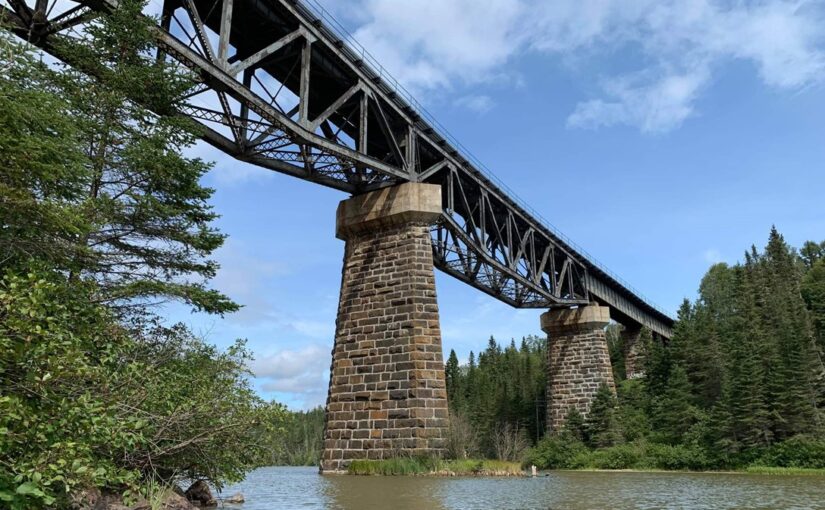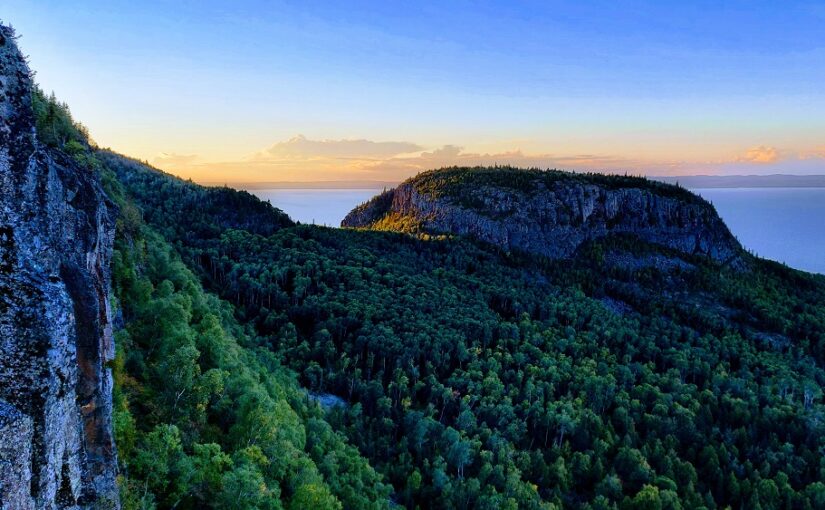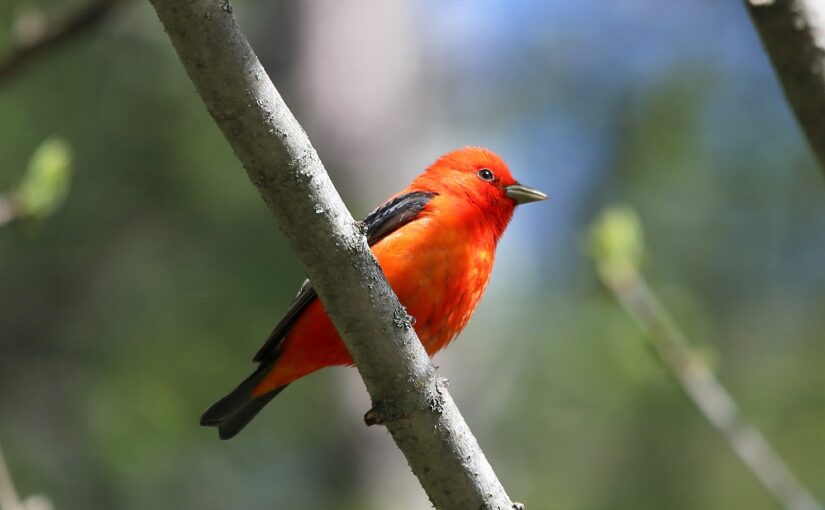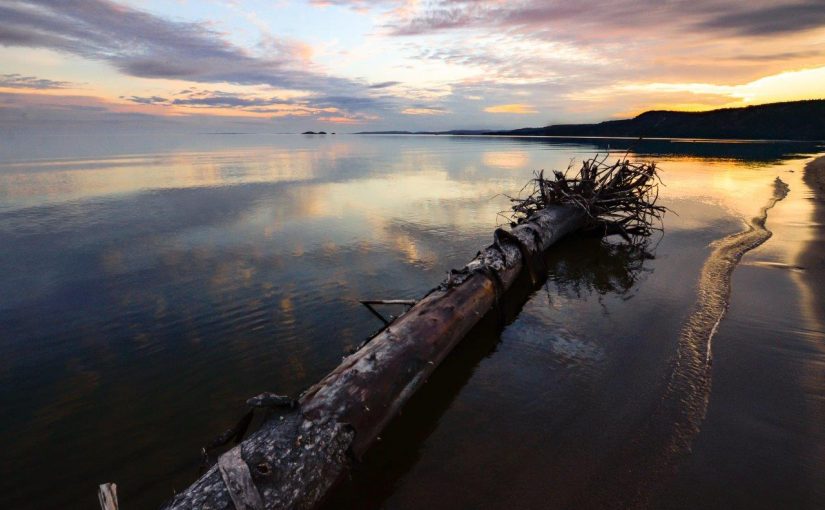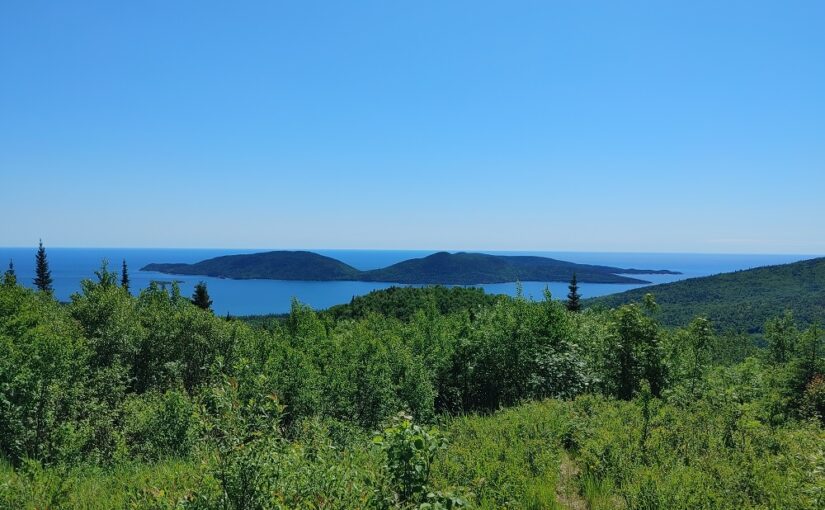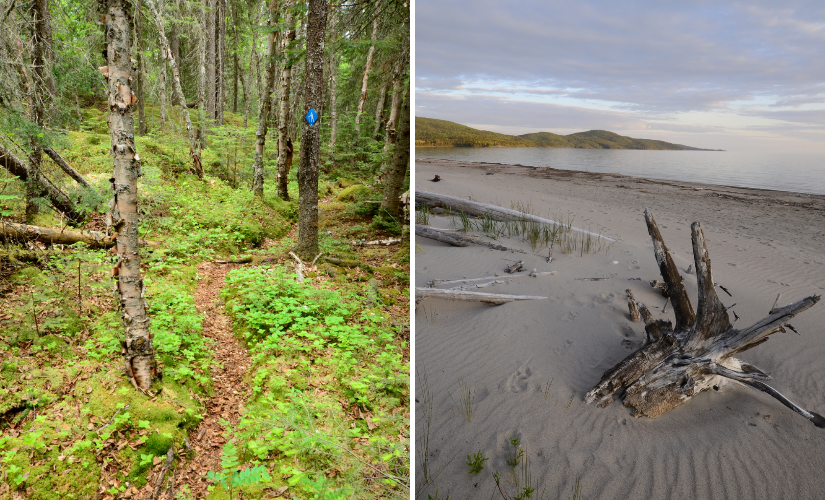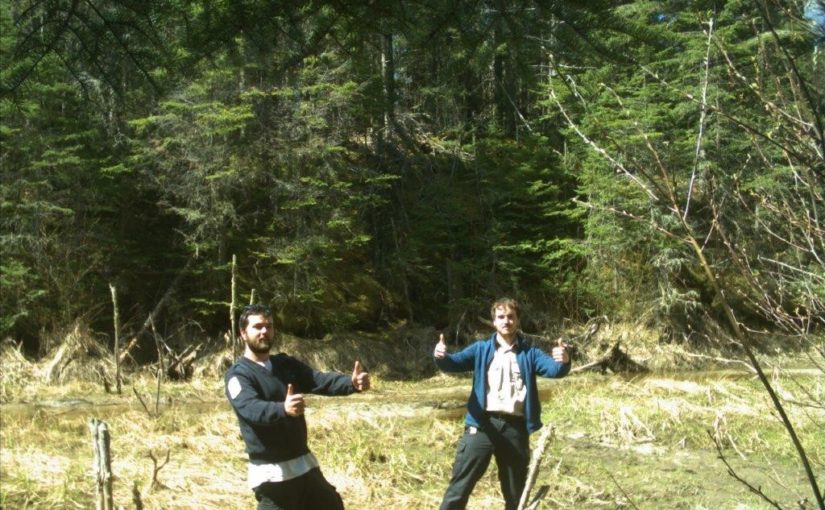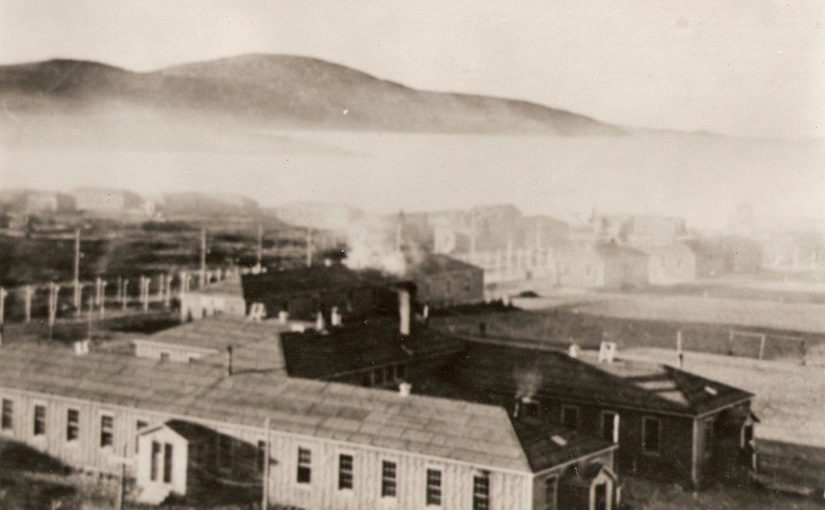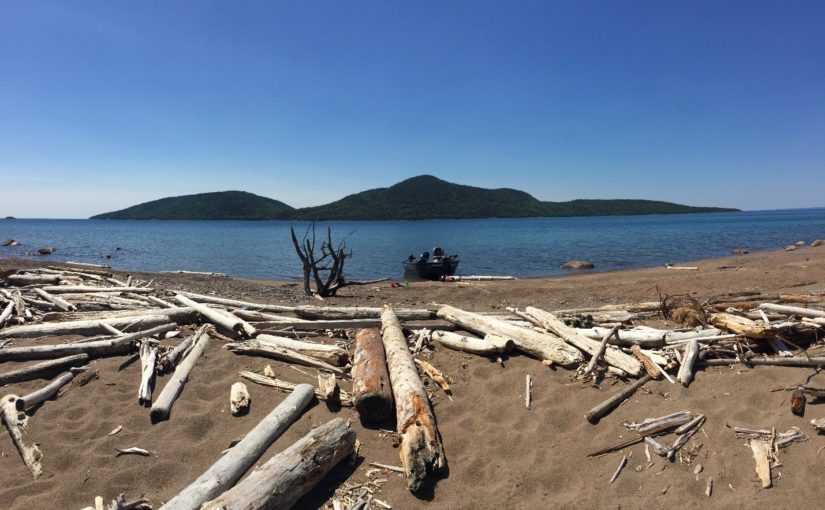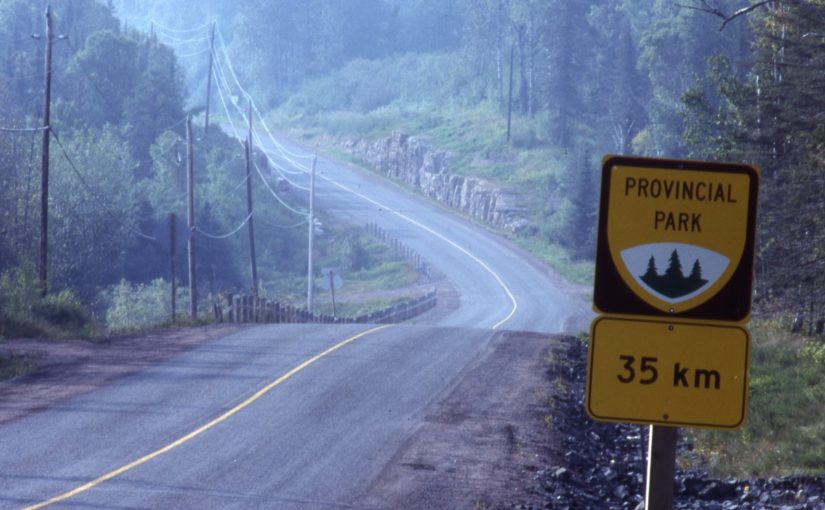Today’s post comes from Kelila Seymour, a Discovery Leader at Neys Provincial Park.
While some parks can boast a connection with the Canadian Pacific Railroad (CPR), few parks are “tied” to the railroad as closely as Neys!
Maybe you’ve driven across the tracks when you’ve entered the park, heard the whistle blow as you curl up around an evening fire, or had the chance to paddle under the trussel bridge that spans the Little Pic River.
Surrounding Neys, you are reminded of the CPR and its historical significance to the park and to Canada.
